blog
Book Review: And Here We Are: Stories from the Sixth Extinction by Bil Zelman

Invasive Burmese Python, Parking Lot Everglades, © Bil Zelman
This book starts and ends with an illustration of the American chestnut tree. I grew up in central Indiana in the 1970s and 80s. There was an American chestnut tree in our side yard, and it eventually declined in health and was cut down. This is only one example of the kind of species or animals that have become extinct within the last 40 years. The fact that Zelman uses this example as something that he couldn’t find a healthy living example of something to photograph is noteworthy. Many examples of the animals and species depicted in his book have disappeared mostly in his lifetime, and mine. Zelman speaks of mass extinctions, which sounds like something we study in elementary school when talking about dinosaurs. Mass extinctions are something that happens in the past, millions of years ago, but not today, right? And yet, here we are witnessing and examining, and documenting the disappearance of hundreds of species of animals and plants across the globe.
Zelman captures the overlapping instances of where man and these disappearing species co-habitate. He says his stark, black-and-white photographs are reminiscent of WeeGeee, or “hard-flash murder scenes. Because they are just that.”
In the book’s foreword, Zelman writes: “… recent changes have made much of our planet unrecognizable to the existing instincts and genetic memory of countless species. Many of these creatures are threat naive and unaware.” In this aspect, I most appreciate Zelman‘s work depicted in this book. Whether it is the hard-boiled detective, film-noir visual vibe of WeeGee, or otherwise – these images hit us with stark reality. His images are a slap in the face; which hopefully can bring much needed attention to the radical decline of many of the animals and plants we might only draw pictures of for our grandchildren. No field trip for them; all the (insert endangered species here) are gone.
When viewing Zelman’s images of pythons, bees, turkeys, native species of trees, bats – I remember watching bats swirl and dance in the night sky above the front yard of my childhood home on muggy summer nights (those days are gone) – and I can’t help but be drawn to words of poets rather than cold-hard statistics of declining populations of indigenous species, and the global climate change which impacts all of us.
“We are not dummies, and we can see that for all of us to stop, or start stopping, our waste and destruction today would be difficult. And so we chase our thoughts off into the morrow where we can resign ourselves to “the end of life as we know it” and come to rest, or start devising heroic methods and technologies for coping with a changed climate. The technologies will help, if not us, then the corporations that will sell them to us at a profit.” Wendell Berry
All of this aside, from a photographic standpoint I can truly appreciate Zelman‘s work. I can appreciate it from his approach, execution, and comment upon where we stand as a civilization and the environment that surrounds us. However, this project being published as a photo book has some issues and obstacles as a way for the viewer to engage with the work. The publisher has printed Zelman’s photographs across two pages, across the gutter, a double-truck. The visual disruption this causes for his images detracts from the importance of the work. The printing, while done satisfactorily, has been printed on glossy coated paper, which gives reflections and distractions when the pages are bent and dive into the centerfold of the book. An expansive night sky view of stars with a withering tree are broken entirely into two halves when viewed. Zelman‘s work viewed at a large scale has the gravity I believe the artist intended, but I would much rather see the work in person without the disruption the book has caused.
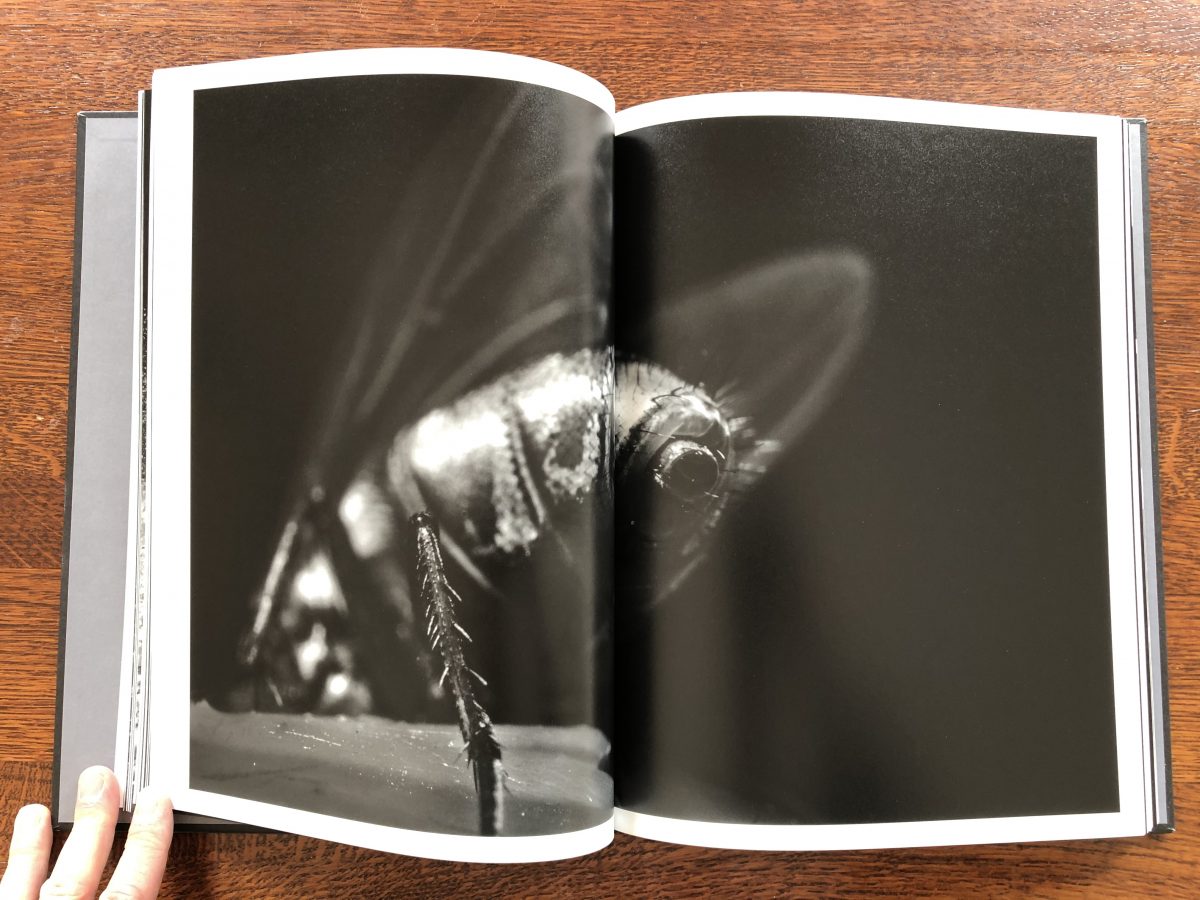

Whether the final decision for this printed book was up to the artist of the publisher, I cannot say. But don’t let this distract from the importance of the subject at hand. The publisher and Zelman both feel it is important enough to address the global circumstances described “as the sixth mass extinction or Anthropocene extinction, an ongoing extinction event of species during the present Holocene epoch (with the more recent time sometimes called Anthropocene) as a result of human activity.”
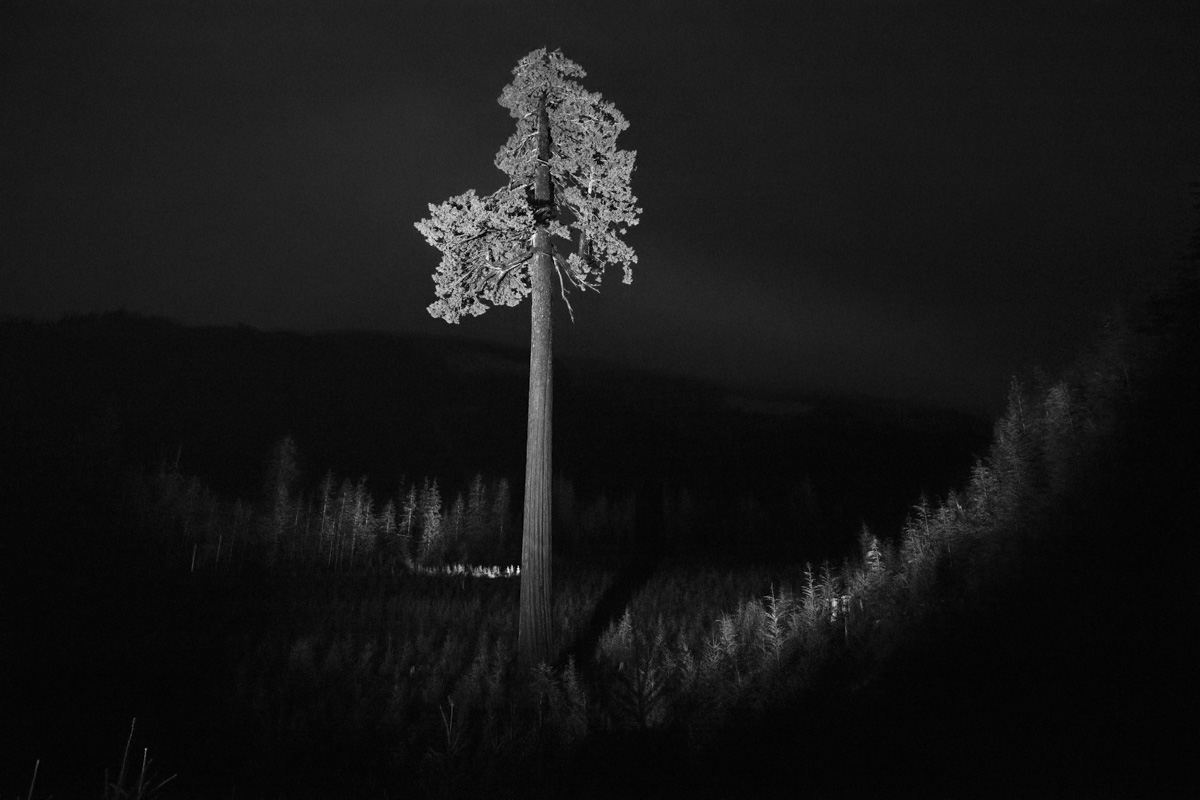
Second largest douglas fir in Canada surrounded by clear-cut, 2019, © Bil Zelman
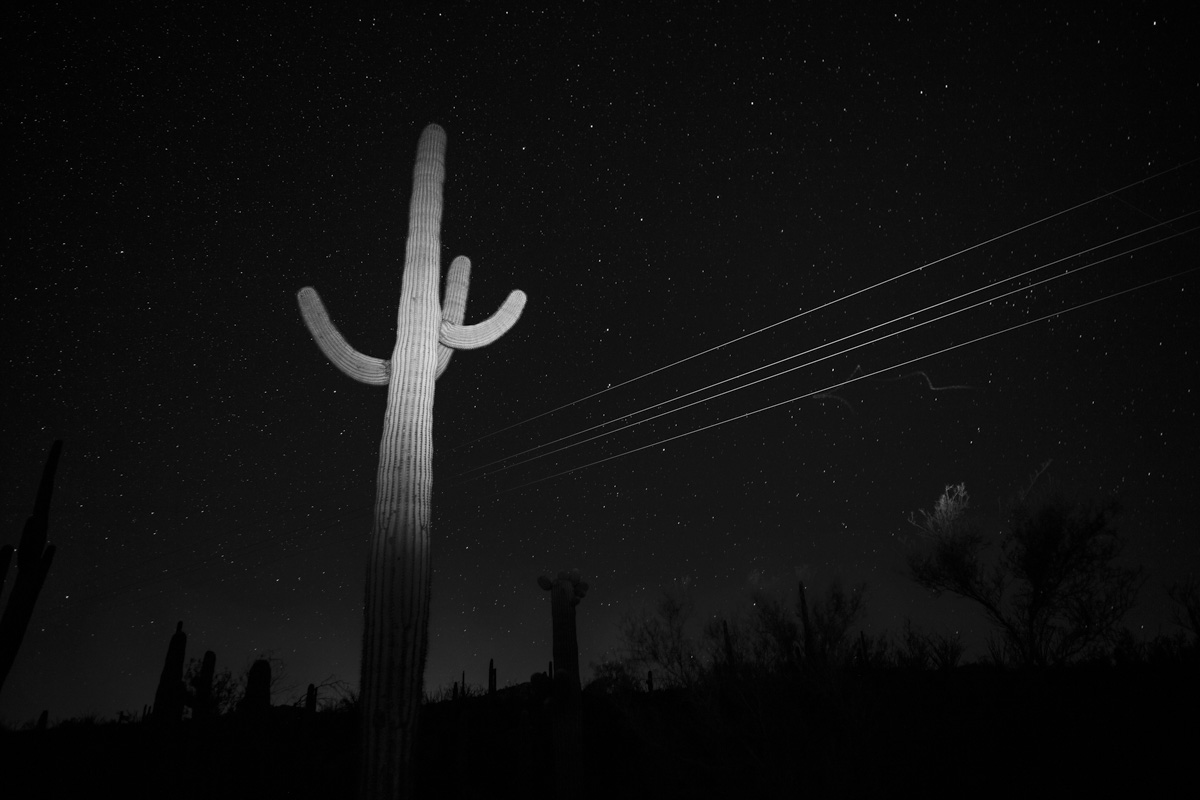
Saguaro, power lines and bat trail, © Bil Zelman
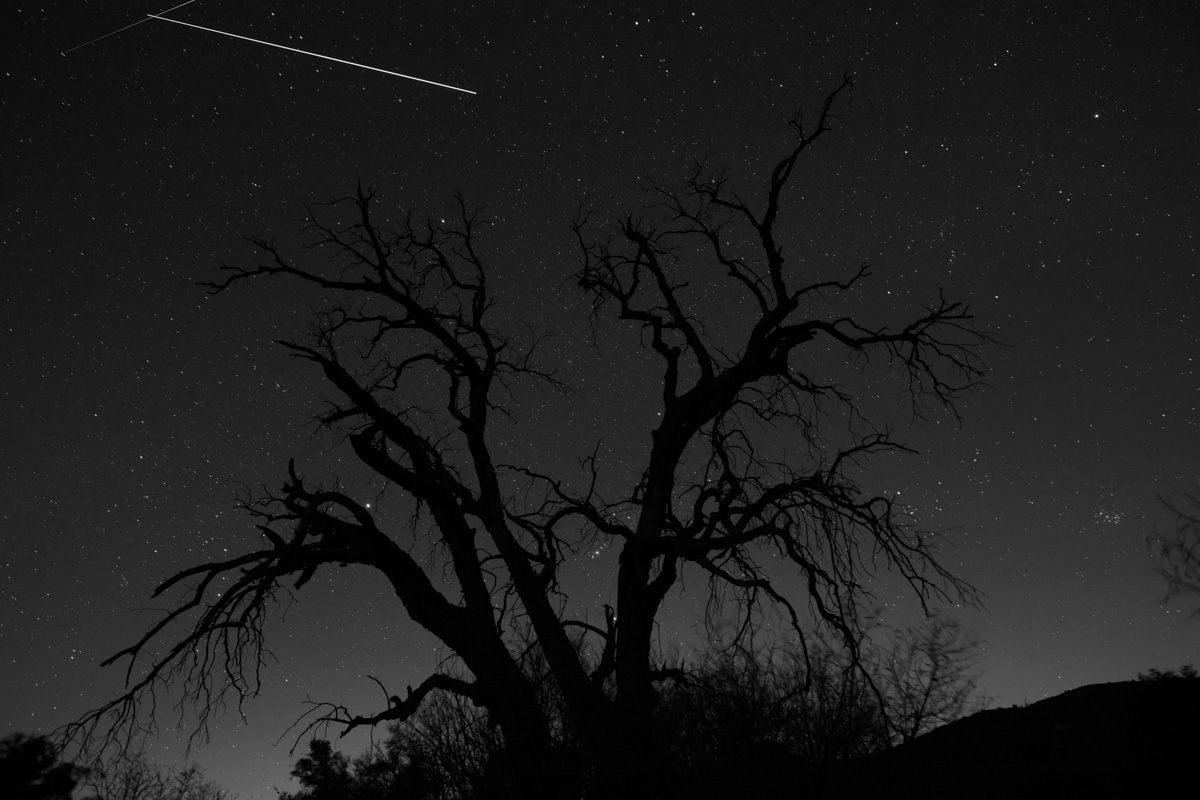
Oak killed by Invasive Golden Spotted Oak Borer, Leonid Meteorite Streak and International Space Station, 2018, © Bil Zelman
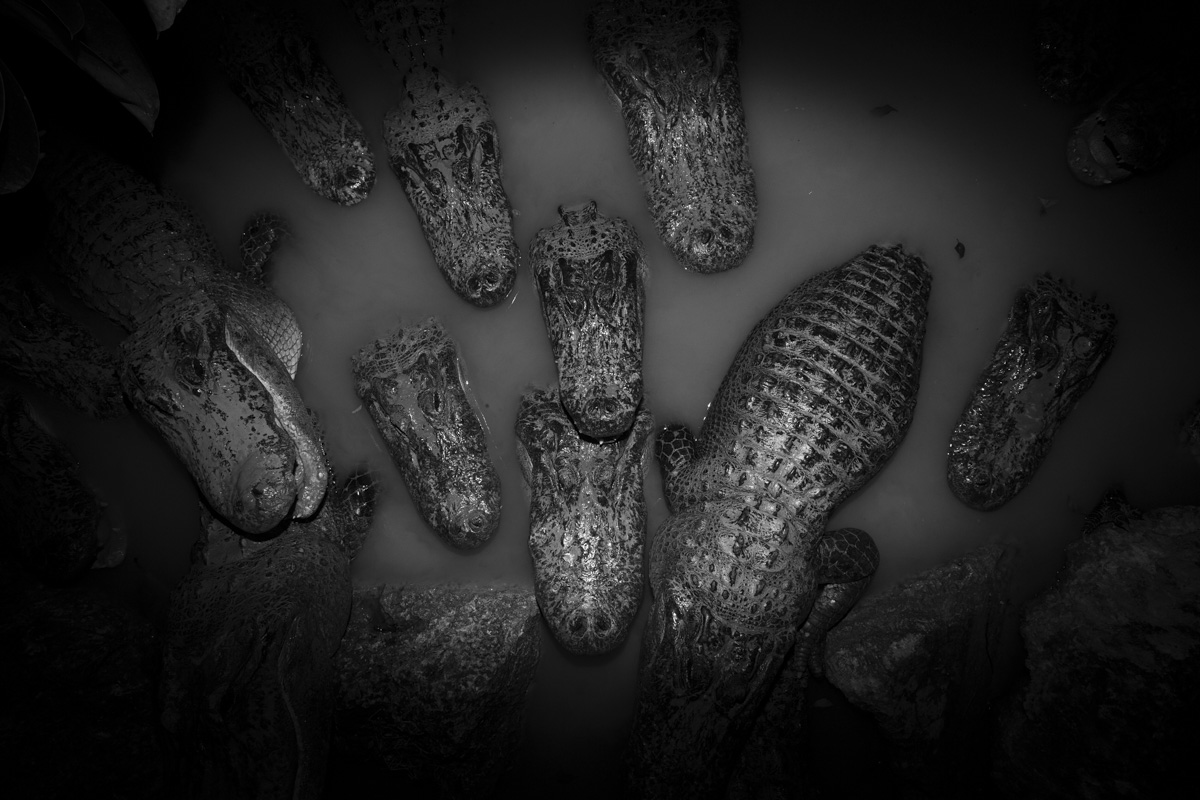
American Alligators, 2017, © Bil Zelman
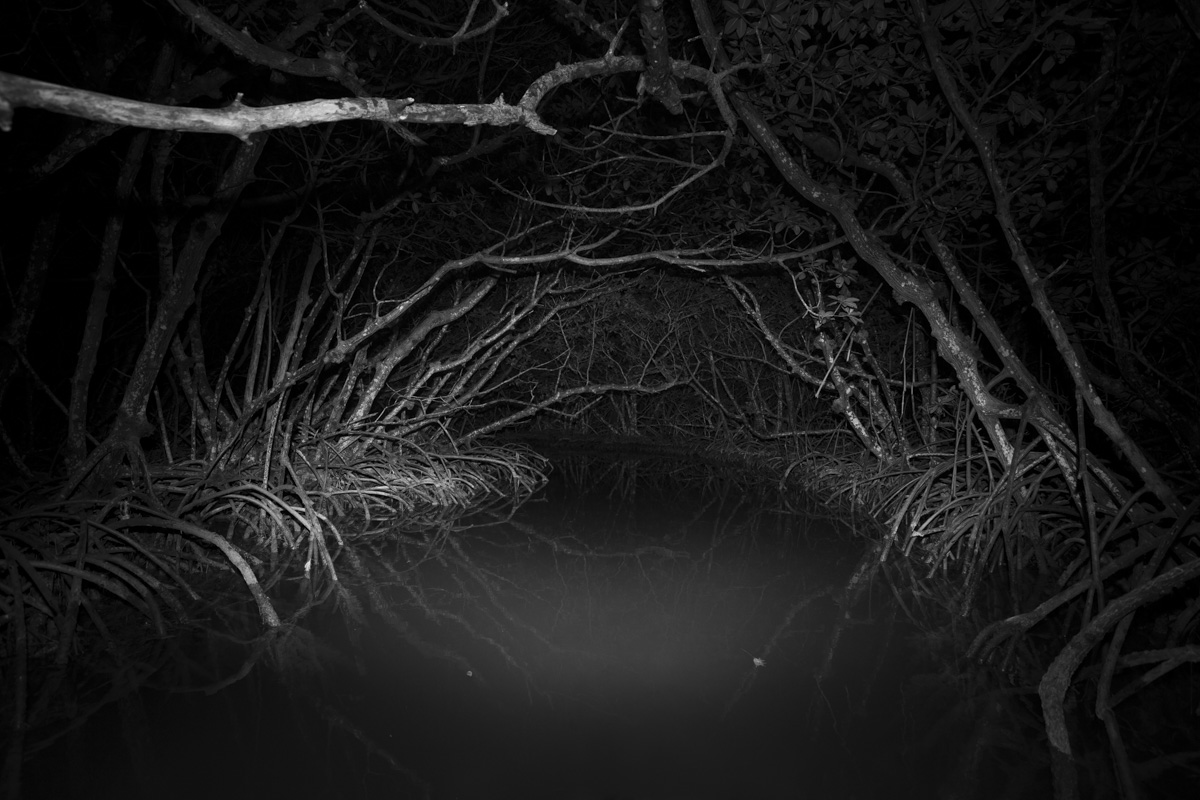
Mangrove, Everglades, Since Destroyed, 2017, © Bil Zelman
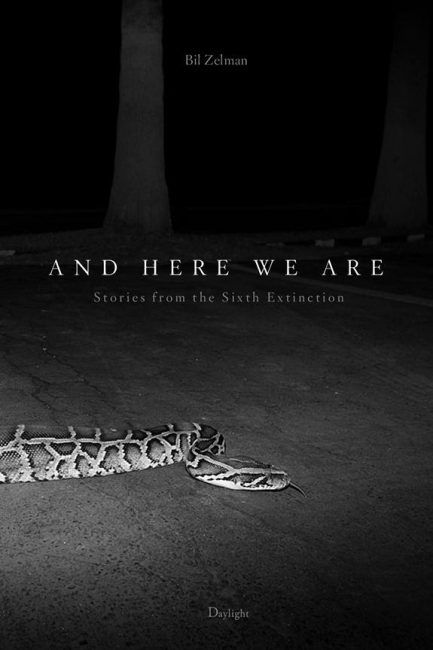
AND HERE WE ARE:Stories from The Sixth Extinction
By Bil Zelman
Essay by E. O. Wilson
ISBN: 9781942084754
8 x 12 | 144 pp
55 duotone images
Published by www.daylightbooks.org
Bil Zelman is a photographer and filmmaker based outside of Los Angeles, CA.
E. O. Wilson is a two-time Pulitzer-winning author and biologist.
Location: Online Type: Black and White, Book Review
Events by Location
Post Categories
Tags
- Abstract
- Alternative process
- Architecture
- Artist Talk
- Biennial
- Black and White
- Book Fair
- Car culture
- charity
- Childhood
- Children
- Cities
- Collaboration
- Cyanotype
- Documentary
- environment
- Event
- Exhibition
- Family
- Fashion
- Festival
- Film Review
- Food
- Friendship
- FStop20th
- Gun Culture
- Italy
- journal
- Landscapes
- Lecture
- love
- Masculinity
- Mental Health
- Museums
- Music
- Nature
- Night
- photomontage
- Podcast
- Portraits
- Prairies
- River
- Still Life
- Street Photography
- Tourism
- UFO
- Wales
- Water
- Zine

Leave a Reply